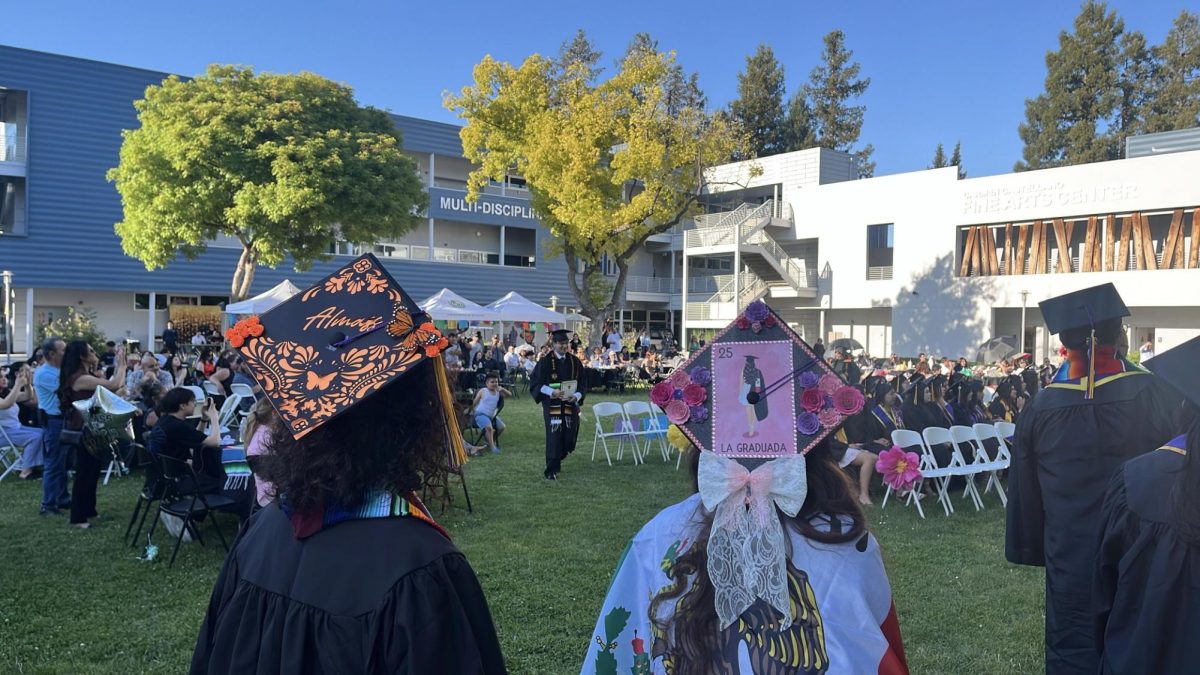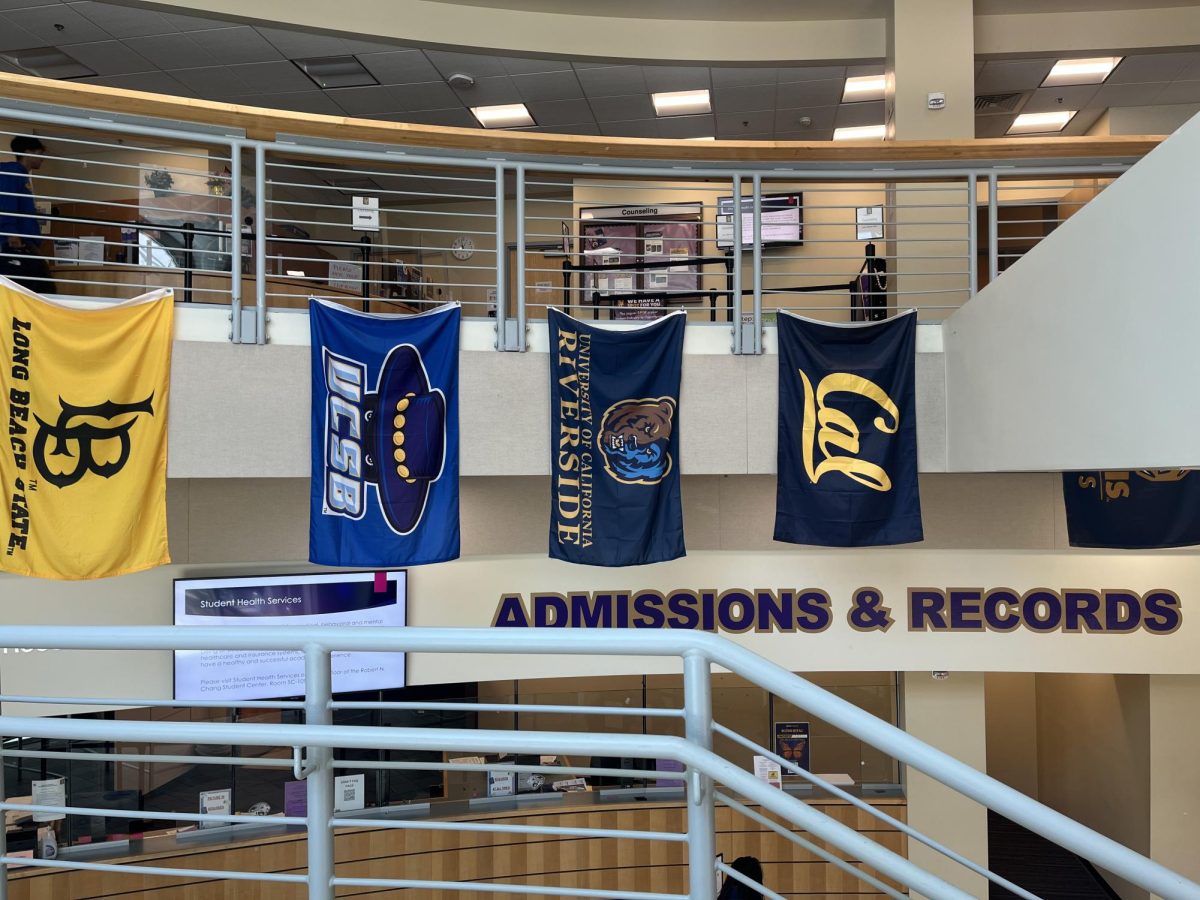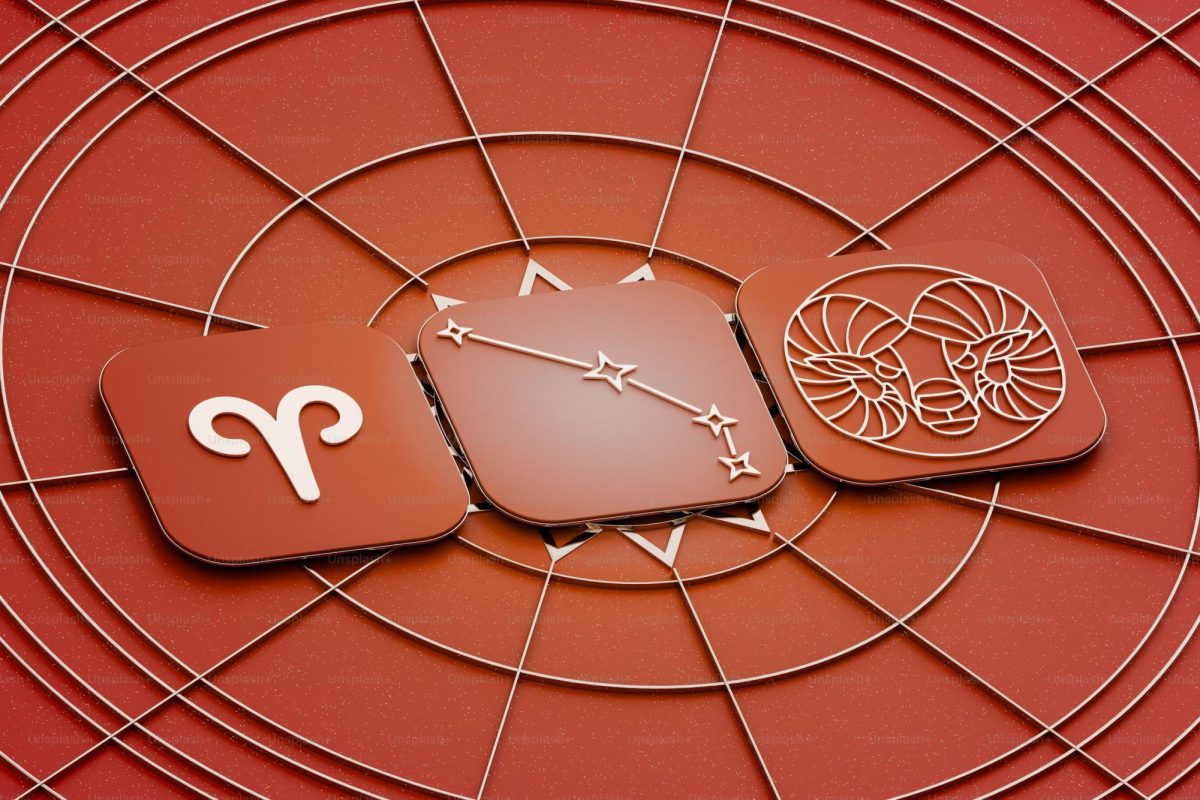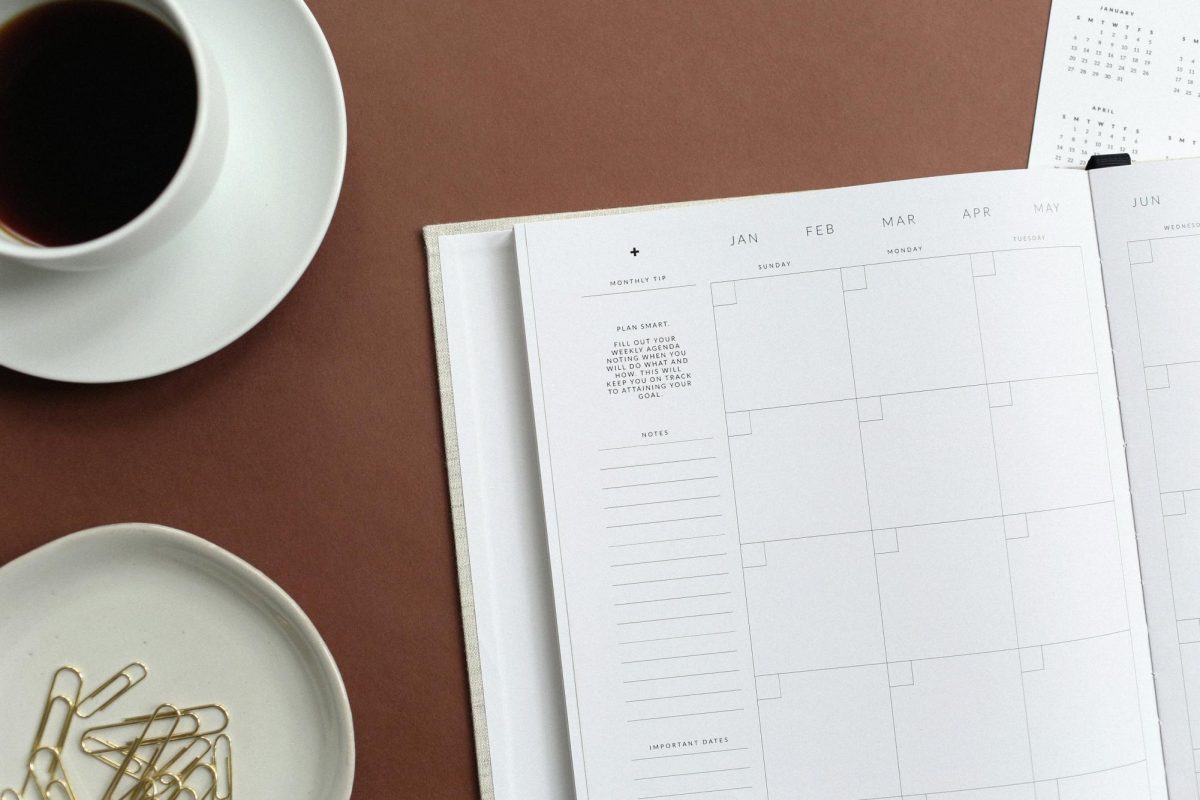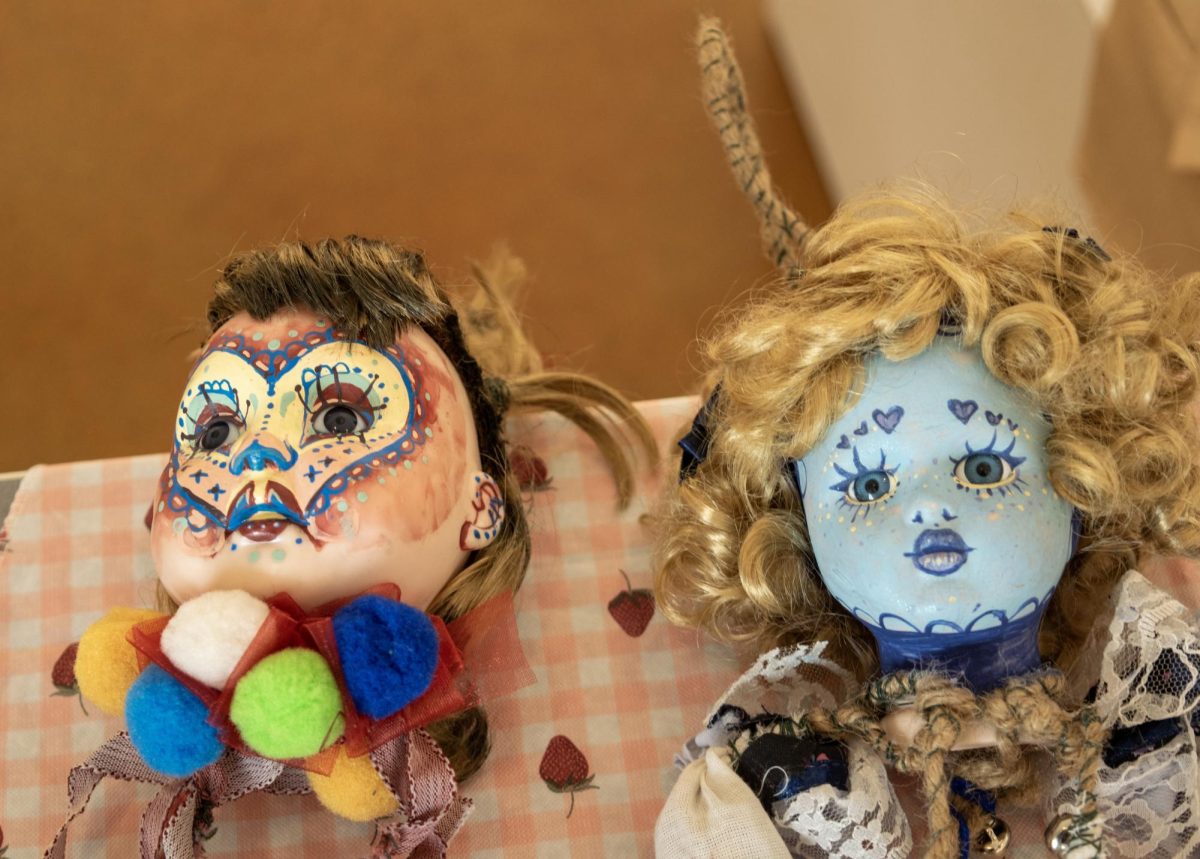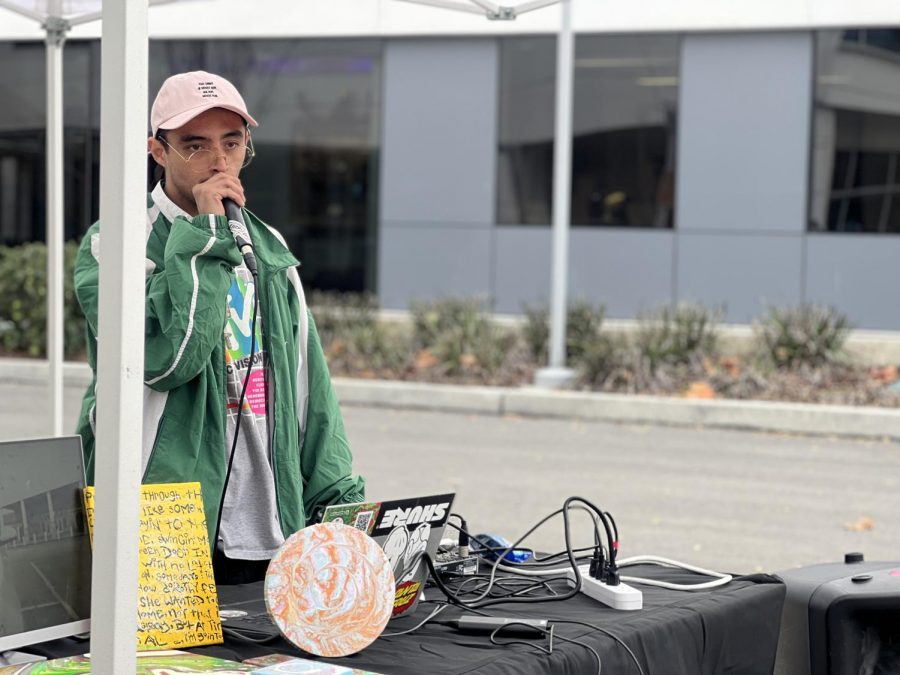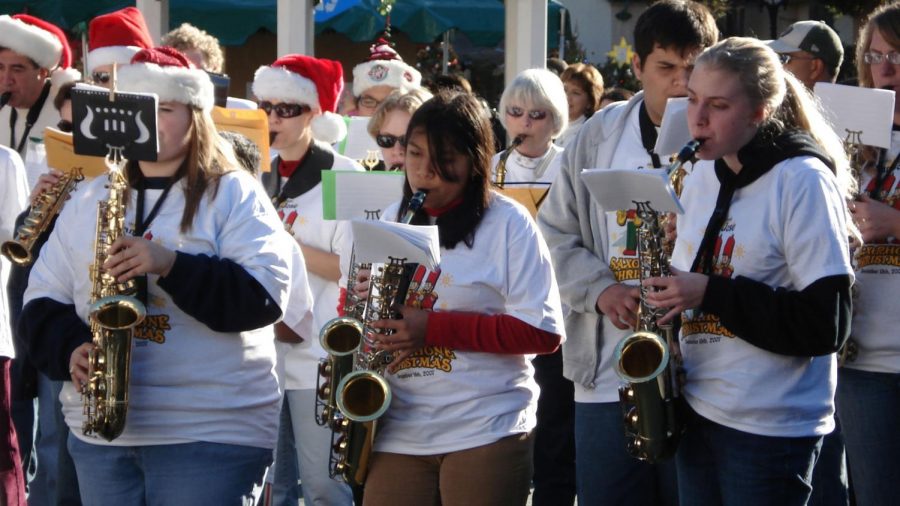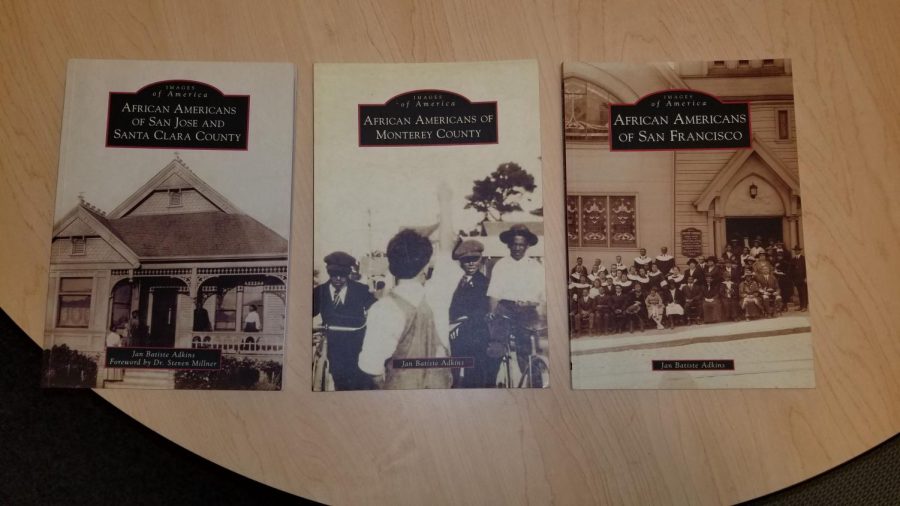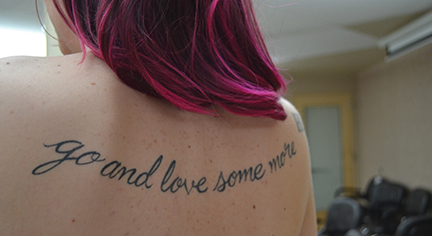
In a classroom at San Jose City College, a group of America’s future purveyors of beauty have gathered to share their most personal beauty statements: their tattoos.
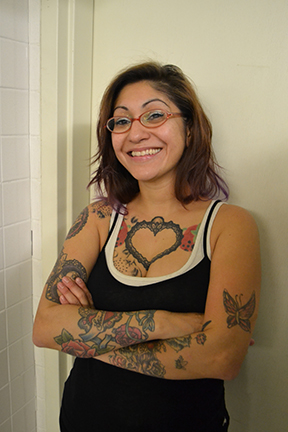
“I could put (something) that was a permanent part of your body.” – Rosa Guerra, whose chest and arm pieces are for her daughters
Recent cosmetology graduate Claudia Bruno turns around and pulls up her scrub top to reveal the delicate cursive that spans across her back: “Go and love some more.” They’re meaningful words taken from “Harold and Maude,” she says, and next to them sit the big block letters of her brother’s initials.
It’s a long way from the first place the American mainstream encountered tattoos on women: in “freak” shows and circus acts of the late 19th century.
According to cultural scholar Anni Irish, tattoos were “associated with criminality and underground, seedy things” in the decades before 1900 – so much so that it could be something of a novelty, or entertainment to see a “tattooed lady” – as she discusses in her lecture on tattoo history “The American Tattooed Ladies: 1840-2015.”
It’s undeniable; tattoos are continuing a generational shift towards becoming more acceptable, and popular. The trend is particularly marked among women, who in 2012 overtook men in having tattoos (23% to 19%), according to a survey by The Harris Poll.
A 2010 study by Pew Research found that 38% of millenials have at least one tattoo, as compared to 23% of all adults. Furthermore, of those supporting a tattoo, more than two-thirds have more than just one, and 18% have more than six – compared to just 6% of their Gen X counterparts.
Some dismiss the popularity of tattoos as a fad, but it seems (barring expensive and painful laser removal) that it is one that is not likely to fade.

